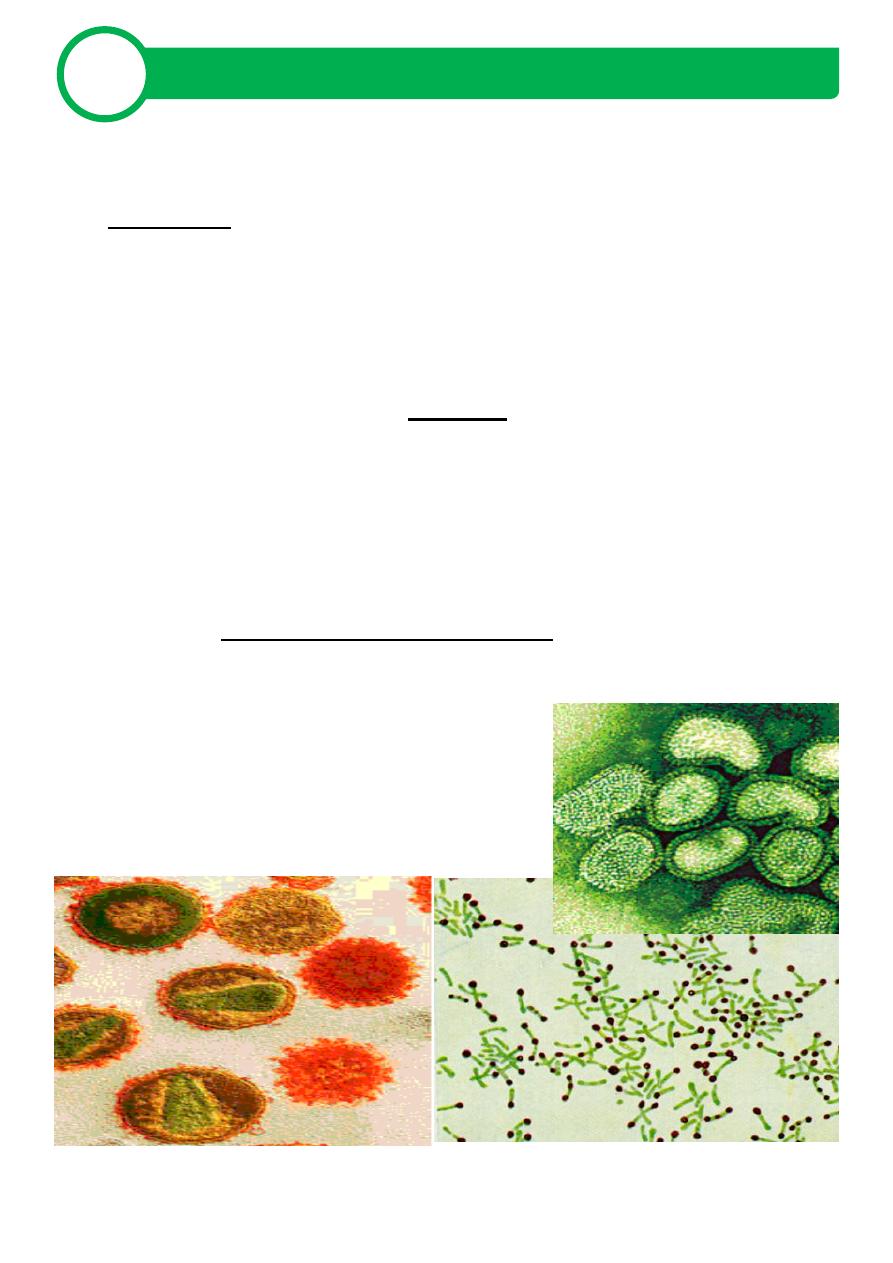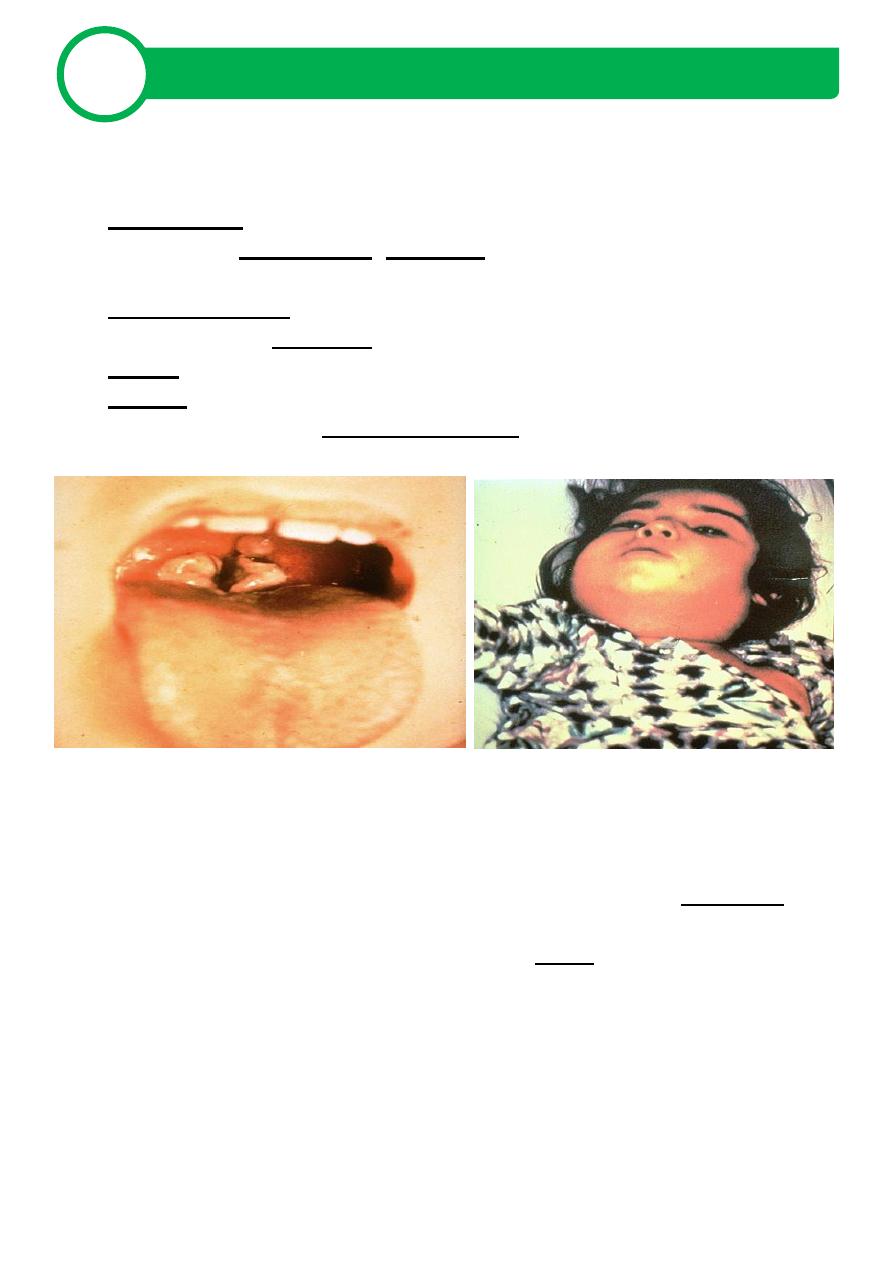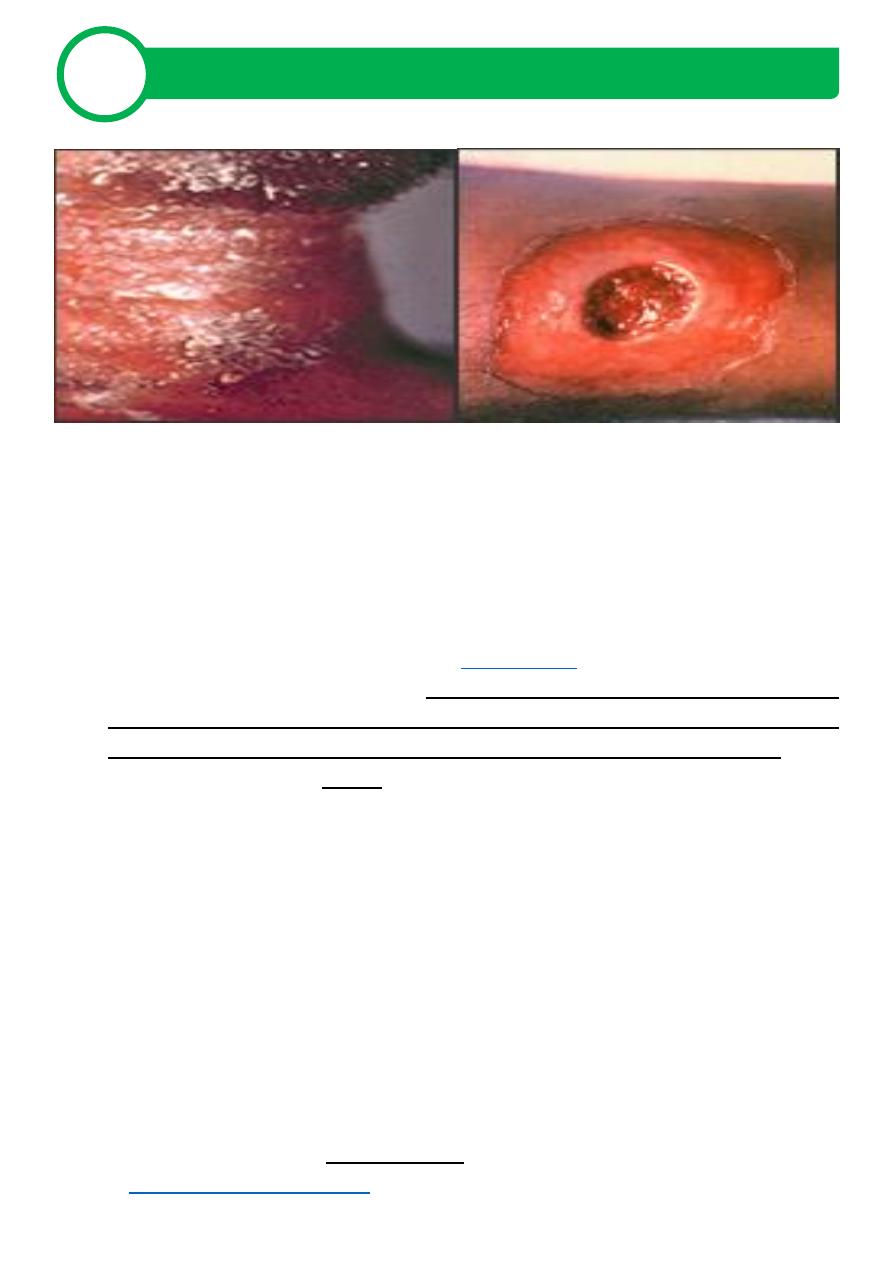
Pediatrics Fifth Stage – G:E diphtheria
1
Diphtheria
Introduction
- Diphtheria: (greek_pair of leather scroll)
- From the common diseases between children Ancient disease
- In the past its name (general disease, killer disease) because no
treatment in the past and it was lead high mortality between children
DEFINITION
• An acute, highly contagious bacterial throat infection.
• BODY PARTS INVOLVED: Throat; skin; heart; central nervous
system
• SEX OR AGE MOST AFFECTED: Older children (5 years and up),
adolescents and adults
.
CAUSES
• Bacteria, Corynebacterium diphtheria, infects the throat and
sometimes the skin. The bacteria produce poisons that spread to the
heart, central nervous system and other organs
.
Corynebacterium
- Aerobic, Gram
+
, Noncapsulated, rods
- Gray-black colonies on tellurite medium
- Metachromatic granules

Pediatrics Fifth Stage – G:E diphtheria
2
SIGNS & SYMPTOMS
• Sore throat, which may range from mild to severe with painful
swallowing, hoarseness. Drooling suggests that airway obstruction
is about to occur
.
• Fever and chills .
• Bloody, watery drainage from nose .
• Croup-like (barking) cough .
• Stridor, difficulty breathing or rapid breathing. Absent breathing
(apnea) may occur. Bluish coloration of the skin may be caused by
lack of oxygen
.
POSSIBLE COMPLICATIONS: -
• Heart inflammation and heart failure
• Suffocation
• Nerve inflammation Severe nerve damage can cause paralysis
• Kidney damage or nephritis may also occur.
• If the skin is affected there may be an ulcer that does not heal.

Pediatrics Fifth Stage – G:E diphtheria
3
How is diphtheria transmitted
• Diphtheria is found only in humans and is usually transmitted by
respiratory droplets from infected persons or asymptomatic carriers,
but can be transmitted by
contaminated objects or foods (such as
contaminated milk). Diphtheria
person to
person through the tiny droplets in sneezes and coughs. It
can be spread by close, prolonged contact (for example in the home)
or by close face-to-face contact with an infected person
. The
incubation period is 2 to 5 days
Prognosis
• Diphtheria may be mild or severe. Some people may not have
symptoms. In others, the disease can slowly get worse.
• The death rate is 10%. Recovery from the illness is slow
(Prevention): -
• Routine childhood immunizations and adult boosters prevent the
disease
Investigations
The health care provider will perform a physical exam and look inside your
mouth. This may reveal a gray-to-black covering (pseudomembrane) in the
throat,
, and swelling of the neck or larynx.
Diphtheria skin lesion on the neck
A diphtheria skin lesion on the leg

Pediatrics Fifth Stage – G:E diphtheria
4
Tests used may include:
- Gram stain or
to identify Corynebacterium diphtheriae
- Electrocardiogram (
Diagnosis
• The diagnosis is based on the symptoms that you have been
experiencing and the physical signs, for example, the grey throat
membrane and swollen neck.
• If your doctor thinks you may have diphtheria,
from your nose, throat and any skin wounds, cuts or
infection or
can be examined under the microscope in a
laboratory. If the C. diphtheria
establish how the illness may progress and if there are any risks to
anyone the infected person has been in contact with.
• Antitoxin treatment is given within the first 48 hours of symptoms
developing and a
sample is also needed to measure your
antibodies to the diphtheria toxin (poison).. A second
will be taken a couple of weeks later to measure the antibodies again
Treatment
• Diphtheria anti-toxin is given as a shot into a muscle or through an IV.
The infection is then treated with antibiotics, such as penicillin or
erythromycin.
• People with diphtheria may need to stay in the hospital while the anti-
toxin is being received.
Other treatment may include:
1- Fluids by IV 2- Oxygen
3- Bed rest 4- Heart monitoring
5- Insertion of a breathing tube 6- Correction of airway blockages
• Anyone who has come into contact with the infected person should
receive an immunization or booster shots against diphtheria.
Protective immunity lasts only 10 years from the time of vaccination,
so it is important for adults to get a booster of tetanus-diphtheria (Td)
vaccine every 10 years.
.
